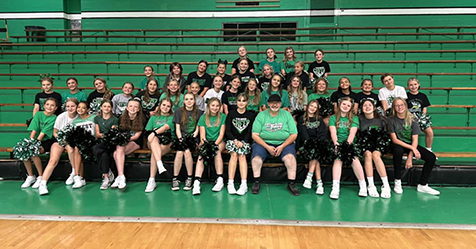Survey Reveals Americans’ Restroom Pet Peeves
Americans desire more privacy and cleanliness in public restrooms.
A recent survey conducted by The Bradley Corporation, a Wisconsin-based commercial restroom equipment manufacturer, reveals Americans’ biggest pet peeves when it comes to using public restrooms.
For its 2024 Healthy Handwashing Survey™, Bradley queried 1,003 American adults about their use of public restrooms. Participants were from around the country and were almost evenly split between women (51%) and men (48%).
According to those surveyed, both privacy and cleanliness in public restrooms could be improved. Regarding privacy, 70% of Americans feel public restroom stalls lack sufficient “coverage,” with 58% wanting the gaps around stall doors and walls eliminated, and 45% saying they’d appreciate stall doors that extend all the way to the floor. When given a choice, 40% said that they choose the stall that’s furthest from the entrance, and 35% reported being annoyed when someone selects a stall next to theirs, when others are available. A large majority of those surveyed (96%) also said it would be helpful if there were signs on stall doors to indicate whether a stall was occupied or vacant.
Regarding cleanliness, 68% of respondents said they’ve had a particularly unpleasant experience due to the condition of the facilities. Restroom pet peeves included finding used paper towels left on the floor or around the sink (62%), splashed water on countertops and floors (46%), and careless or reckless behavior that could damage the restroom (41%). Better stocking of supplies such as soap and towels and the installation touchless fixtures topped restroom users’ request list.
“The state of a restroom can have a measurable impact since we’ve found that consumers will avoid a business if it has poor restroom facilities,” said Jon Dommisse, Bradley vice president of marketing and corporate communication. “Our goal with this research during the past 15 years has been to better understand handwashing behavior and identify restroom pain points to help facilities better serve the public.”


